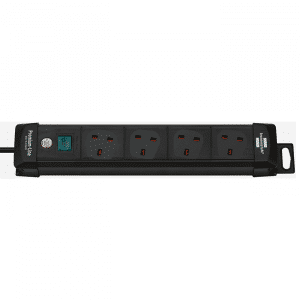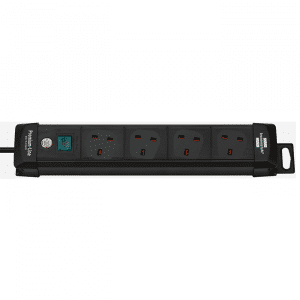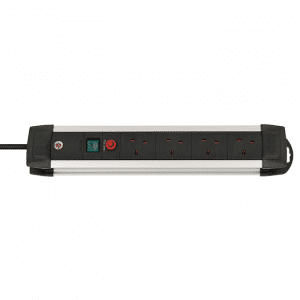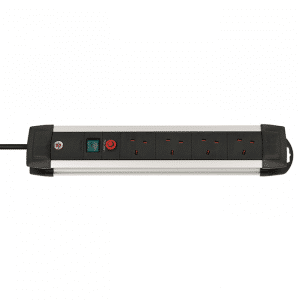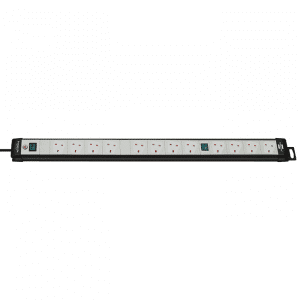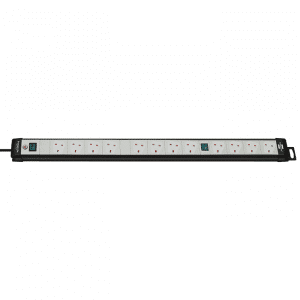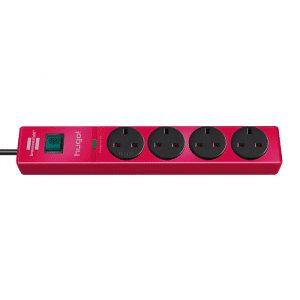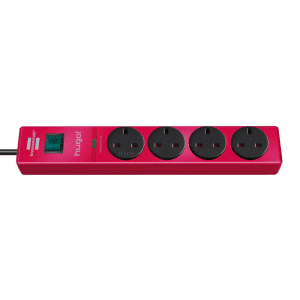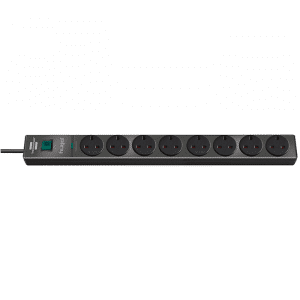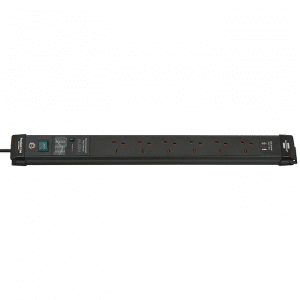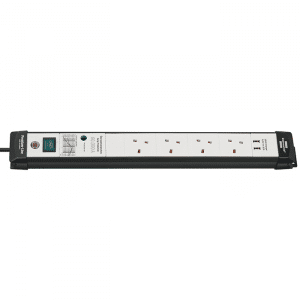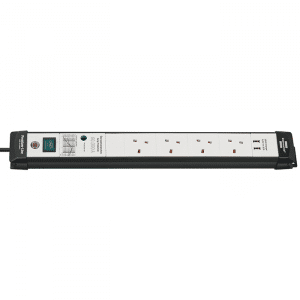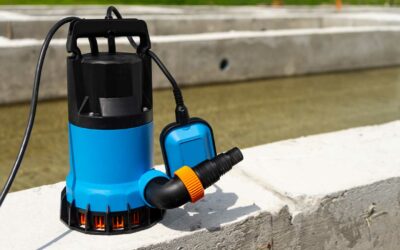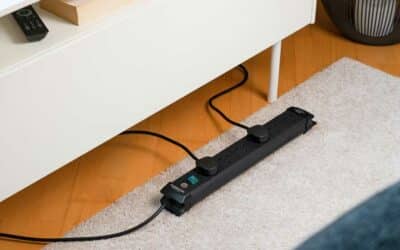How To Avoid Overloading Extension Leads and Sockets: A Comprehensive Guide
How to avoid overloading extension leads and sockets is a question we are frequently asked. At Pickmore, your safety is our priority. As a leading electrical wholesaler & retailer, we understand the importance of ensuring that our customers have the knowledge and resources to prevent potential hazards, such as overloading extension leads and sockets. In this comprehensive guide, we’ll share practical solutions and expert insights to help you safeguard against socket overloads and maintain a safe electrical environment.
Shop Extension Leads
Personal Insights: A Shocking Experience
At Pickmore, we’ve encountered firsthand the consequences of overlooking socket overloads. In our years of experience, we’ve witnessed the damage that can result from improperly managed electrical systems. One common mistake we often see is daisy-chaining multiple extension leads to power various power tools simultaneously. While this may seem like a convenient solution, it can pose serious risks and should be avoided. The correct approach is to ensure that you purchase an extension lead with the number of sockets you need and an appropriate length of mains power cable.
Understanding Electrical Principles
Before diving into prevention strategies, let’s briefly touch on some fundamental electrical principles that govern socket overloads. Every electrical circuit has a maximum load capacity, typically measured in amps (A). Exceeding this capacity can lead to overheating, melting of insulation, and even electrical fires. Extension leads and sockets are designed to handle a specific maximum load, and exceeding this limit can have dire consequences. For more information on electrical principles see our blog post on Demystifying Electricity: Understanding Watts, Voltage, and Amps.
Practical Solutions: How to Prevent Socket Overloads
Know Your Load
Before plugging in devices, familiarise yourself with the maximum load capacity of your extension leads and sockets. This information is usually provided on the product label or packaging. Avoid exceeding this limit at all costs.
Spread the Load
Instead of plugging multiple high-powered devices into a single extension lead, distribute the load across multiple sockets and leads. This reduces the strain on individual circuits and minimises the risk of overload.
Use Power Strips Wisely
Power strips (simply another name for extension leads), are convenient for expanding the number of available sockets, but they also pose a risk of overloading if misused. Opt for power strips with surge protection and built-in overload safeguards, and avoid daisy-chaining multiple power strips together.
Unplug Unused Devices
When not in use, unplug devices from extension leads and sockets to prevent phantom power consumption and reduce the overall load on the circuit. This simple habit can go a long way in preventing overloads and conserving energy.
Invest in High-Quality Equipment
Don’t cut corners when it comes to electrical safety. Invest in high-quality extension leads, sockets, and power strips from reputable brands such as Brennenstuhl that adhere to safety standards and regulations.
Regular Inspections
Periodically inspect your extension leads and sockets for signs of wear and tear, such as frayed wires, loose connections, or scorch marks. Replace any damaged equipment immediately to prevent potential hazards.
Further information on safety can be found within our Electrical Extension Leads Safety Guide.
Shop Surge-Protected Extension Leads
Expert Resources: Where to Learn More
For additional guidance on electrical safety tailored to the UK context, there are several reputable resources you can consult:
- Electrical Safety First: This UK-based charity is dedicated to reducing deaths and injuries caused by electrical accidents. Their website offers a wealth of information on electrical safety in homes, workplaces, and outdoor environments. You can find practical tips, safety guides, and interactive tools to help you assess and mitigate electrical risks. Visit their website at Electrical Safety First for valuable insights and resources.
- Health and Safety Executive (HSE): The HSE is the UK government agency responsible for regulating workplace health and safety. They provide extensive guidance on electrical safety in the workplace, including risk assessments, regulations, and best practices for preventing electrical accidents. Explore their dedicated section on electrical safety at HSE Electrical Safety for authoritative advice and guidance.
- British Standards Institution (BSI): As the UK’s national standards body, BSI develops and publishes standards for electrical safety and performance. Their publications, such as BS 1363 for plugs and sockets, BS 7671 for wiring regulations, and BS 5733 for electrical accessories, set the benchmark for safety and quality in electrical installations and equipment. Access BSI’s standards catalogue at British Standards Institution for comprehensive guidance on electrical safety standards.




